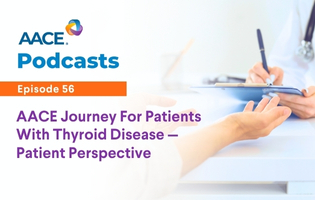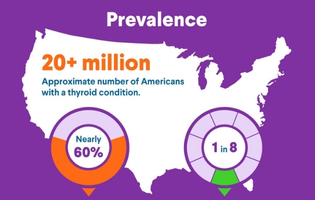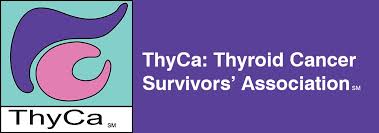Home
Signs & Symptoms
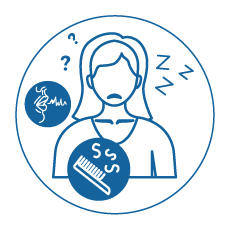
The Thyroid Gland
The thyroid gland is a small, butterfly-shaped gland located in the base of the neck just below the Adam's apple. Although relatively small, the thyroid gland plays a huge role in our body, producing hormones which influence the function of many of the body’s most important organs, including the heart, brain, liver, kidneys, and skin. Ensuring that the thyroid gland is healthy and functioning properly is vitally important to the body's overall well-being.
The thyroid creates two hormones — triiodothyronine (T3) and thyroxine (T4) — that travel throughout your body to regulate blood pressure, body temperature, heart rate, metabolism, and how the body reacts to other hormones.
The level of hormones produced by the thyroid is controlled by the pituitary gland, often called the “master gland” of the body since it regulates many activities of other glands. The pituitary gland creates thyroid-stimulating hormone (TSH) that signals the thyroid to produce and release the right amount of hormone to meet the body’s needs. In turn, the pituitary responds to signals from the thyroid (T3 and T4) as well as from a part of the brain called the hypothalamus (which releases thyrotropin-releasing hormone or TRH), both of which control how the pituitary releases TSH.
Click on the questions below to learn about common signs and symptoms.
Thyroid Disease Signs and Symptoms
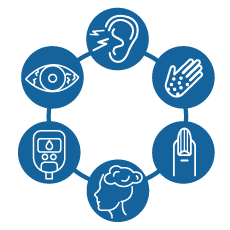
Listen to AACE Podcast episode 56 as endocrine expert Dr. Cheryl Rosenfeld and her patient, Andree, discuss how the AACE Journey for Patients With Thyroid Disease serves as a valuable and user-friendly resource.
Atypical Symptoms of Thyroid Dysfunction
As thyroid dysfunction can potentially affect every system in the body, you can experience heart problems, weakness, muscle aches, bowel disturbances, memory issues, mood disorders, menstrual irregularities, vision changes, and bulging eyes. Severe thyroid dysfunction can lead to changes in body temperature, heart failure, and coma.
Unrelated Treatment
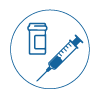
Unrelated treatments and medications given for a variety of conditions can lead to abnormal thyroid levels. For example, iron deficiency can often mimic many of the symptoms of hypothyroidism and is treated with oral or IV iron supplementation. Post-nasal drip and reflux (GERD) can create many of the compression-type symptoms of thyroid nodules and are treated differently. Treatments for heart rhythm problems, depression, and seizures can sometimes cause thyroid problems. Radiation treatments to the chest and neck for unrelated cancers (e.g., lymphoma) can later lead to an increased risk for thyroid cancer.
Unrelated Imaging

Thyroid nodules or growths on the thyroid (and occasionally Hashimoto's disease) are often found incidentally when imaging the neck or chest such as a computerized tomography (CT) scan of your neck or chest, magnetic resonance imaging (MRI) of your spine, an ultrasound of your carotid artery, or a positron emission tomography (PET) scan of your tissues and organs. If a thyroid disorder is caught during evaluation of other symptoms or problems, a thyroid ultrasound should be performed to confirm the presence of nodules and risk stratify them.





 DOWNLOAD
DOWNLOAD
